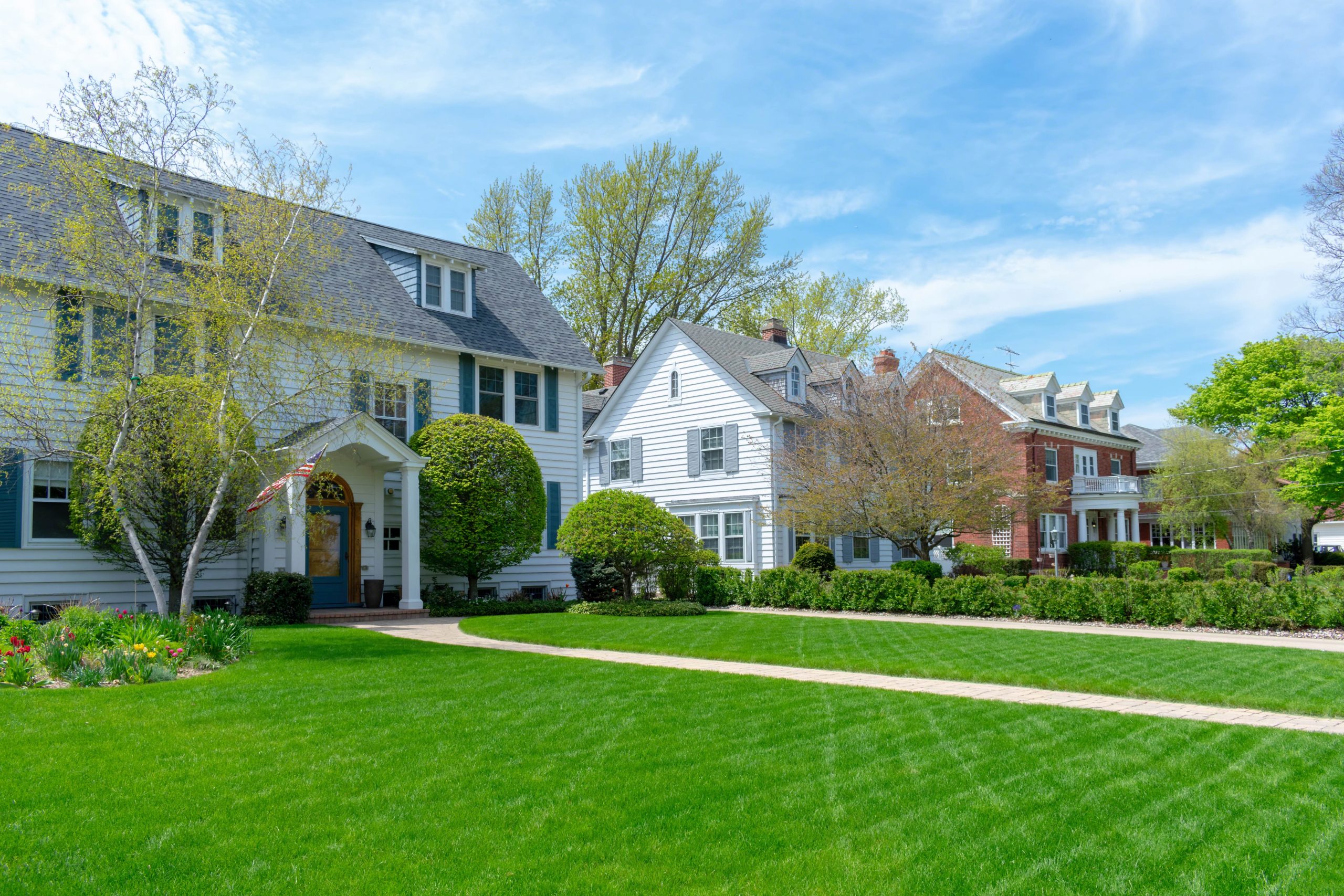At this time of year, I often get asked two things “What will happen with pricing this season?” and “How much should I charge my customers?” So I did some research, and I hope sharing it with you will help.
Lawn application pricing runs anywhere from $60-$120 per application on a 10K lawn. That’s a big spread! It leaves a lot of room for opportunities but also leaves room for mistakes. I think the biggest challenge that many of us face with pricing is we underestimate our value to the customer. Still, there is always a lot of concern over what to charge.
Price is a combination of the cost-of-doing-business and what the marketplace and customer will support. Not all markets are equal; and even in a market like Cleveland, there are sub-markets. I think it is worth focusing on what drives your customer. Research conducted by the Wharton School of Business states there are three types of customers: tightwads (24%), unconflicted or average (61%), and spendthrifts (15%). Interestingly, Carnegie Mellon found that price triggers the same regions of the brain associated with pain, and customers will spend to the point of causing pain.
So what are some strategies to avoid losing sales for stupid reasons?
- Don’t use comparative pricing between you and a competitor. It makes customers suspicious. Focus on why they should choose you but be careful not to imply that you are better than someone else.
- Focus on how your product will make a customer feel versus how much they will save. Use descriptive selling to connect with your customers’ emotions, memories, and desires.
- Change the context of what you are selling. Words have value in the sense of how you use them to change a customer’s frame of reference. Even simple things like calling an application or treatment a “visit” or “site evaluation” will change how a customer perceives your product.
- Location, location, location! Certain zip codes and subdivisions will support a higher price point for the same product. Think about Heinen’s vs. Walmart. Likewise, you may command higher prices in less appealing markets due to the lack of competition.
- Offer enough price points. Check out the 7 Pricing Mistakes That Can Seriously Stifle Sales for more info on this. We all have heard of the good-better-best mindset, but consider raising all of your pricing. Creating a lower price-point may actually be counter-productive. Consider moving your base product to the economy spot and creating two new higher-priced options. This can help to steer your customers to the best option for them and you!
- The number 9 is still alive! Believe it or not, research shows that ending a price in the number nine still outsells other price points- even cheaper ones!
- Simplify. What looks better $1,499.00; $1,499; or $1499? When dealing with prices, the last one is the easiest to digest, wouldn’t you agree?
- Change the reference point by creating a sense of value. Instead of telling a customer a per application price of $60 or a seasonal price of $360, reframe it as ONLY $30 per month. If you have to discuss a price increase or an additional fee, reframe it as a SMALL fee of…
So the great news is that if you know what pricing your market will support, 76% of customers will probably be fine with what you charge them. The 8 strategies above should hopefully help with the other 24%.
Now, as far as material costs go, I would try to keep your material costs at less than 30% of what you charge for lawn fertilization. Typically, if you’re following that guideline, a 3-5% price increase to your customer should cover a 10% across-the-board increase in material cost. If you have managed to get all of your costs in line, and you’re still over 30% of revenue, then it will be necessary to raise pricing. Use your costs and the guideline above to determine the best fit for you. If you are still unsure of how much you can charge, you can experiment with new customers. Hopefully, the above strategies will help. If not, please let me know, I’m here to help!
Resources
Pricing Strategy
The Science of Spending
7 Pricing Mistakes That Can Seriously Stifle Sales













